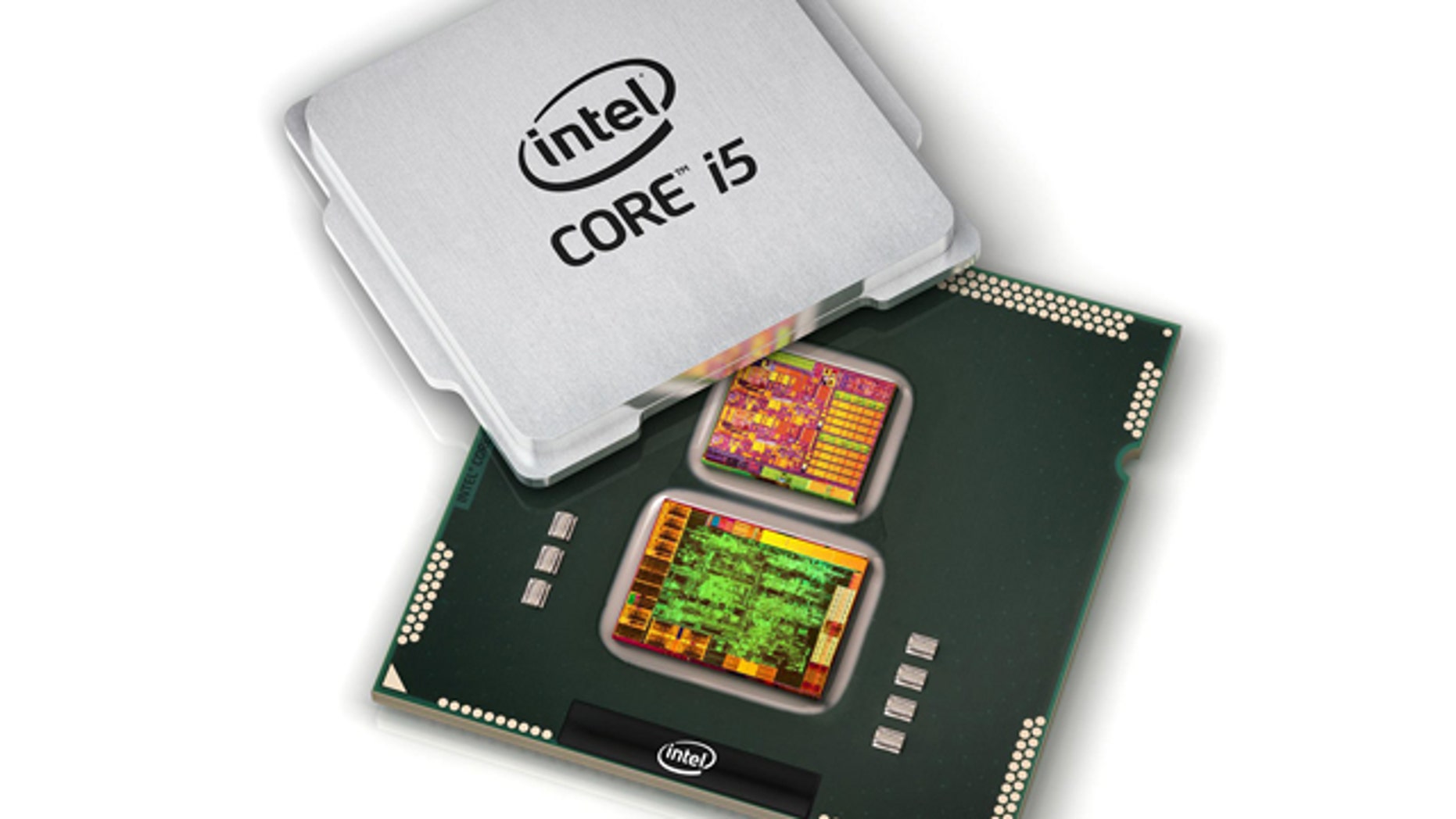

It gets its name from the fact that it is sensitive to certain frequencies of light (“photo”) and is resistant to certain chemicals that will be used later to remove portions of a layer of material (“resist”).Įxposure. It starts with the application of a liquid known as photoresist, which is evenly poured onto the wafer while it spins. Photolithography is the process by which a specific pattern is imprinted on the wafer. What follows is a sample of the most important steps in this complex process.Īpplying photo resist (wafer level).
MAKING A CPU TRANSISTOR SERIES
Today they are 300mm, and the industry has a plan to advance to 450mm.įabrication of chips on a wafer consists of hundreds of precisely controlled steps which result in a series of patterned layers of various materials one on top of another. When Intel began making chips, wafers were only 50mm in diameter. Wafer sizes have increased over time, resulting in decreased costs per chip. Intel buys manufacturing-ready wafers from its suppliers. Wafers are polished until they have flawless, mirror-smooth surfaces.

Each wafer has a diameter of 300mm and is about 1 mm thick. Ingot slicing.The ingot is cut into individual silicon discs called wafers. It is pulled from a melted state to form a solid which is a single, continuous and unbroken crystal lattice in the shape of a cylinder, known as an ingot.Ī mono-crystal silicon ingot has a diameter of 300 millimeters (mm) and weighs about 100 kilograms (roughly 220 pounds). In order to be used for computer chips, silicon must be purified so there is less than one alien atom per billion. Silicon-the starting material for computer chips-is a semiconductor, meaning that it can be readily turned into an excellent conductor or an insulator of electricity, by the introduction of minor amounts of impurities Common sand has a high percentage of silicon. Silicon is the second most abundant element in the earth's crust. A few years ago we shared a picture story of chip manufacturing on 45-nanometer (nm) process technology and now we'd like to share an updated version that includes our 22nm and Tri-gate transistor technology (not every single step, but most of the important ones). Microprocessors have been called the most complex manufactured product on earth, created through hundreds of steps in an ultra-clean environment. Note from the editor: You know Intel as world-class top microprocessor company, but what do you know about the making of a chip? Our guest blogger, Rob Kelton from Intel’s Internal Employee Communications team, walks us through the making of the microprocessor, the brain 'behind the magic' of your PC.


 0 kommentar(er)
0 kommentar(er)
